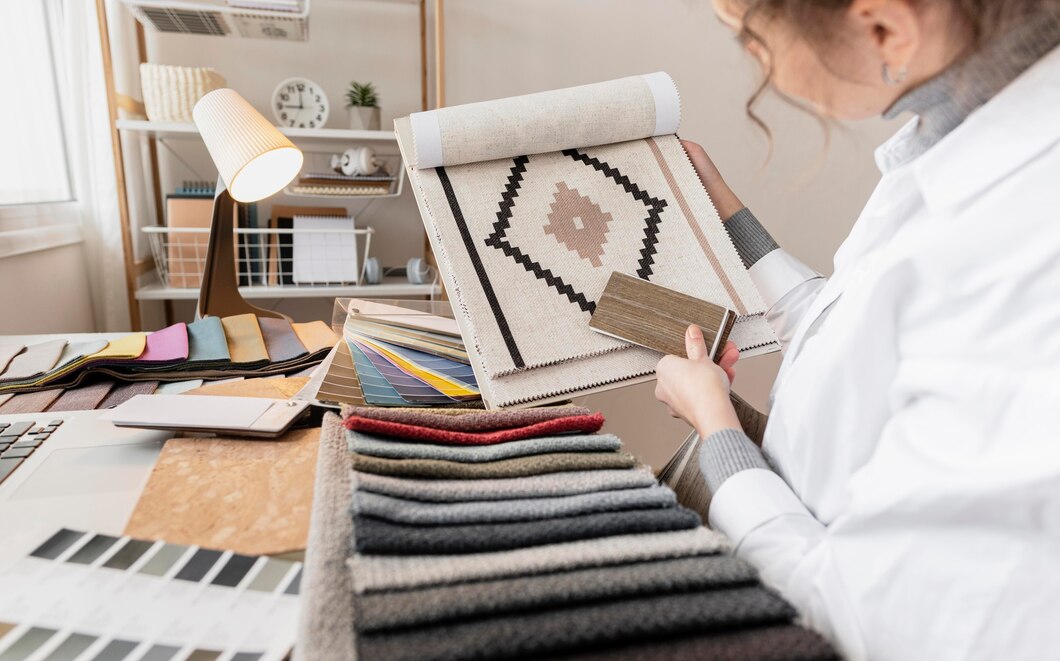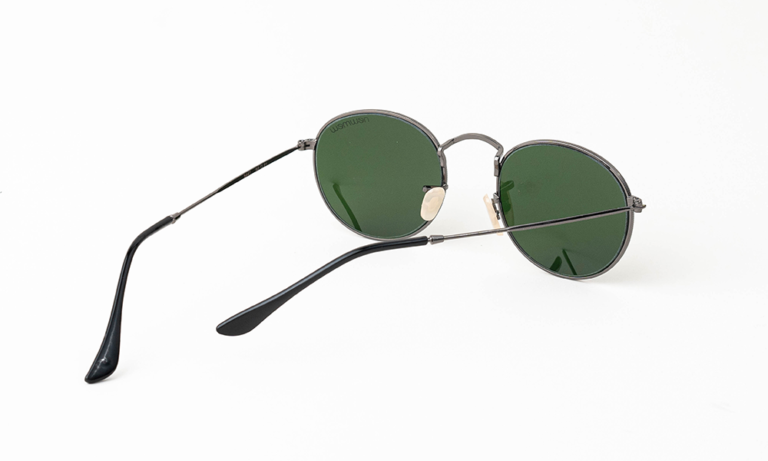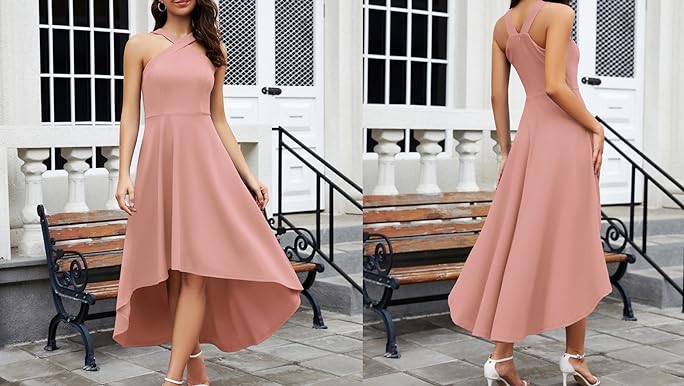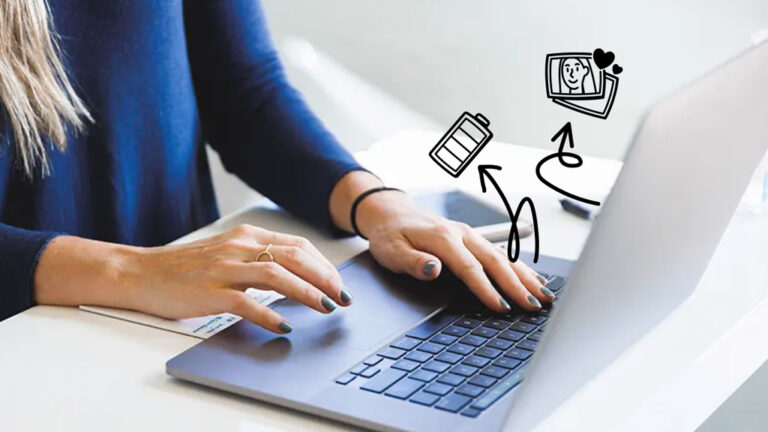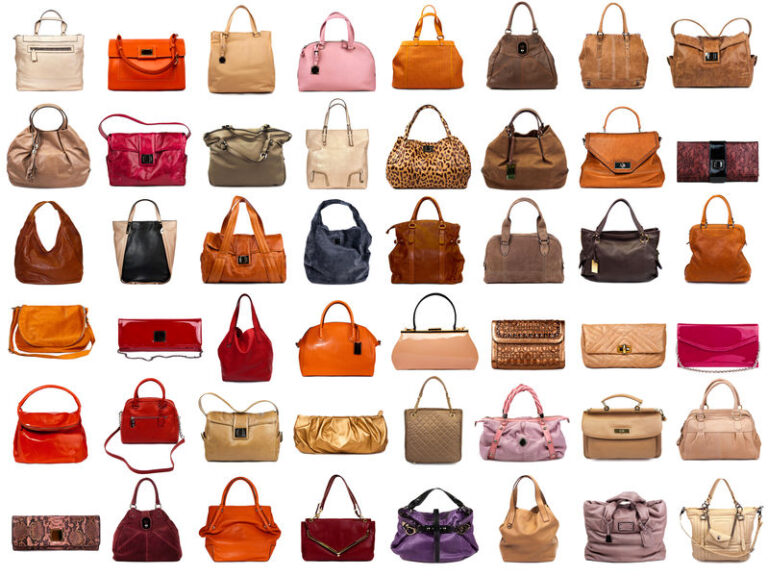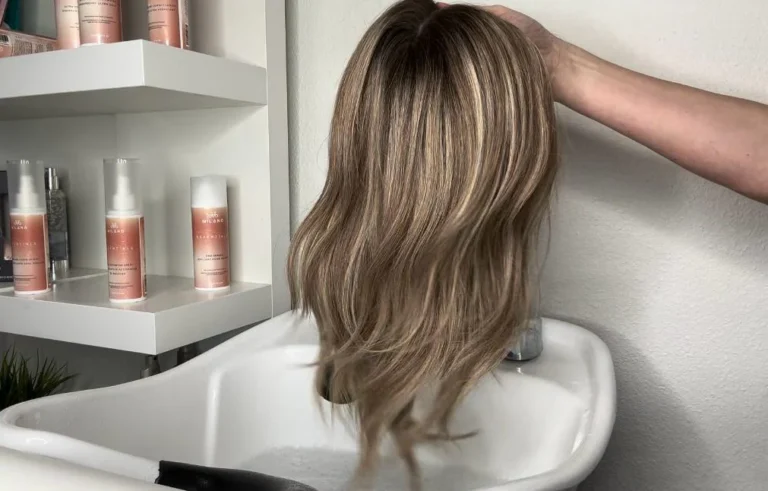Weaving the Future Innovative Textile Fabric Solutions for Modern Designers
This blog post examines how innovative textile solutions blend style and sustainability, reshaping fashion and interior design. It highlights the impact of cutting-edge fabrics, shares inspiring case studies, and discusses emerging trends in manufacturing and technology. Aimed at fashion designers, interior decorators, and sustainability advocates, it provides practical insights to boost creative projects and business strategies.
Textiles Shaping Modern Design and Sustainability
Textiles play a pivotal role in defining aesthetics and functionality in both fashion and interior design. In recent years, the push for sustainable and innovative solutions has reshaped how designers approach their craft. Textiles today are not just about appearance but also about the story behind the fabric—its origins, production process, and environmental footprint. Sustainable textiles offer eco-friendly alternatives to traditional fabrics.
For fashion designers, this evolution means creating collections that appeal to eco-conscious consumers while maintaining high-quality standards. Interior decorators benefit from textiles that are not only visually appealing but also durable and sustainable, ensuring that every piece contributes positively to the environment. This shift towards sustainability in textiles satisfies the growing demand for ethical fashion and decor, bringing designers closer to their environmentally conscious clientele.
Textile Innovations in Fashion and Interior Design
Let’s explore how innovative textiles have been applied in real-world scenarios, transforming the landscape of fashion. Designers have pioneered the use of sustainable textiles, skillfully integrating recycled materials and plant-based dyes into their collections to minimize environmental impact.
This approach not only reduces waste but also promotes a more ethical production process. One notable example is the work with leather alternatives made from mushrooms, which exemplifies the potential of innovative textiles to revolutionize fashion.
In interior design, companies are leading the charge by producing carpets and flooring from recycled materials. Woven vinyl flooring combines aesthetics with functionality, providing a sustainable option that doesn’t compromise on style. This demonstrates how innovative textiles can be seamlessly integrated into design projects, offering unique solutions that appeal to both aesthetic and environmental considerations.
Emerging Trends in Textile Manufacturing and Technology
The textile industry is witnessing a technological renaissance, with innovations reshaping manufacturing processes and material development. One such trend is the rise of smart textiles—fabrics embedded with technology that can monitor health, change color, or regulate temperature. Additionally, cast coated fabric is gaining traction, enhancing the versatility of smart textiles. These innovations open up a plethora of possibilities for fashion and interior design, allowing for the creation of garments and furnishings that adapt to users’ needs.
Biofabrication is another game-changing trend, involving the cultivation of fabrics from microorganisms. This process is not only environmentally friendly but also offers unique textures and properties, pushing the boundaries of traditional textile design. With technology and biology converging in textile manufacturing, designers can expect to see an increase in materials that are both sustainable and groundbreaking.
The Future of Textile Technology
The landscape of textile technology is rapidly evolving, promising even more breakthrough innovations that could redefine design practices in the years to come. With advancements in smart textiles, designers have the ability to incorporate technology directly into their creations. These high-tech fabrics can be equipped with sensors that monitor health indicators, change color in response to temperature fluctuations, or even incorporate light-emitting threads for unique visual effects.
Conclusion
Now that you understand the impact of innovative textiles on modern design and sustainability, it’s time to weave them into your creative projects. From fashion collections to interior design spaces, incorporating these fabrics not only adds a unique touch but also aligns with ethical and environmental values.
Keep an eye for more news & updates on NewsLetTertribune!
